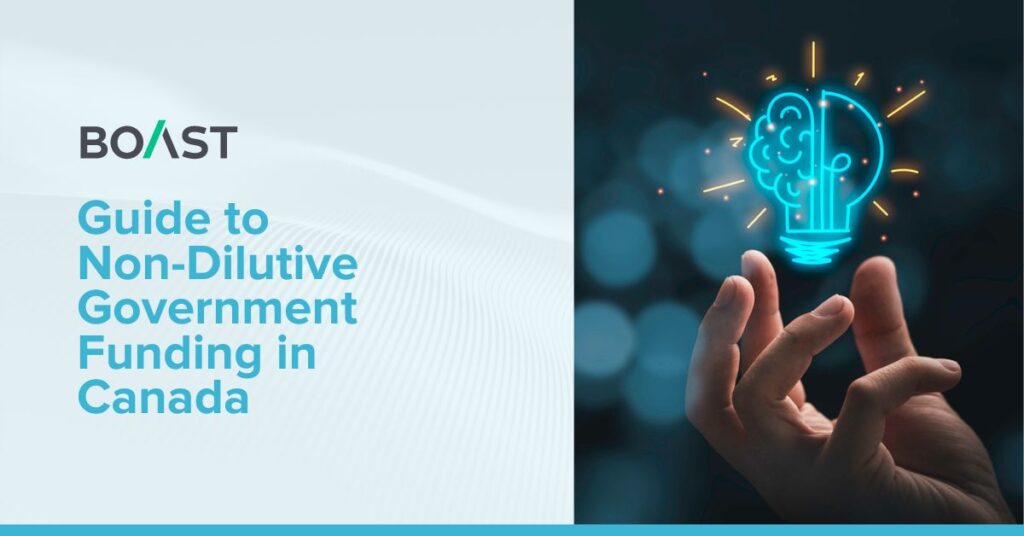If the latest warnings from Gartner are correct, CFOs are going to need all the help they can get to avoid shrinking profit margins over the next three years.
The analyst group forecasts that relative to 2022, EBITDA—earnings before interest, taxes, depreciation and amortization—margins are forecast to drop as much as 30 percent by 2027. This comes as a perfect storm of economic conditions collide over the coming months and years that are set to sink consumer demand while labor and operational costs rise.
“Most companies will be unable to deliver the profitable outcomes investors have come to expect across much of the last decade, as the convergence of low rates, suppressed wages, and steady economic growth that enabled those results no longer exists,” Gartner’s statement on the research reads.
By the numbers, Gartner anticipates:
- Only 2 percent revenue growth through 2027 (based on weak GDP forecasts);
- A 5 percent jump in labor costs across the US and Eurozone;
- An 8 percent increase in technology costs globally;
- US long-term inflation of 3 percent through the end of the decade.
In total, these figures paint a gloomy picture for CFO outlooks. But they also present a call-to-action for CFOs to start recalibrating their capital strategy to be more resilient.
Even with the rise of AI giving some CFOs hope that automation will help them uncover cost savings, many of the tried-and-true strategies for fighting EBITDA erosion will need to be amplified or modified to succeed in the market we’re facing.
“Reliable strategies that CFOs have employed to mitigate similar market conditions in the past, such as selling, general and administrative expenses (SG&A) cost reductions, are no longer as feasible or effective given that expensive investments in digital technology and skills are necessary for transforming corporate functions,” Randeep Rathindran, VP of research in the Gartner Finance practice said in a statement.
How CFOs can turn an EBITDA threat into an opportunity
First and foremost, it’s critical that CFOs are realistic about how much their investments into automation will actually bear fruit when it comes to improving both EBITDA and time savings. As Gartner notes, considering the maturity of AI and automation initiatives at most companies, many of the time savings remain “fractional” in the short term.
Put simply, new systems may displace “one-third of a full-time employee but not [a] whole one” as human resources will still be necessary to steer and cultivate systems before they’re truly end-to-end autonomous.
Traditional lending will become less viable
Gartner also warns that with inflation forecasted to remain a pressing consideration until at least 2027, achieving bank loans or bonds will call for much greater scrutiny from investors.
That’s because many banks will be focusing on the near-term payback risk of their investments until labor and material costs better align with consumer demand over the course of the decade.
This will be especially tough for small or midsize companies, who may already be margin-tight and struggling to meet interest expenses. In this scenario, businesses could risk becoming “zombie” companies, where the prospect of bankruptcy or acquisition trumps driving innovation or new solutions.
“CFOs can help their organizations overcome reliance on high-interest debt by broadening their view of funding sources beyond bank lending and corporate bonds,” said Rathindran. “Financial leadership should explore secondary equity issues, venture capital, and non-dilutive financing options such as public-private consortia.”
Non-dilutive innovation capital to guard against a “perfect storm”
One readily-available (but often overlooked) source of non-dilutive funding are R&D tax credits, which CFOs can use to recoup a share of the investments they’re already making as part of their product development.
For companies across North America that address true Technological Uncertainty with their research and development projects, there are more than $20 billion in R&D tax credits available that can help these teams retain some liquidity and actually double down on driving more value.
In the US, for instance, businesses can claim up to $500,000 each year that can be used to offset payroll, income or any other tax liabilities related to R&D as part of the IRC Section 41 tax credit. That means up to $500,000 in liquid assets can actually stay in your business’ bank account each year if your team is able to secure a successful claim with the IRS.
Canada’s banner Scientific Research & Experimental Development (SR&ED) program similarly serves R&D-focused CCPCs of all sizes and across industries, and has provided almost $4 billion in support to over 22,000 innovative Canadian businesses in 2021 alone.
But on both sides of the border, accessing these claims calls for the ability to speak not just the language of innovation, but also the vernacular tax code of either the CRA or IRS.
In that same vein, despite both the CRA and IRS offering broad approval criteria for credit-worthy activities, approvals are historically relatively subjective. This calls for the ability to communicate “unique innovation” in that dual tech-tax language that most in-house R&D teams—and even seasoned CFOs—can’t readily deliver.

Your partner in accessing innovation capital to boost EBITDA
By combining decades of combined human expertise in navigating tax code—while also being a team of founders in our own right—with a platform that synchronizes key financial, project workflow and payroll data into a single system of proof, Boast leaves no stone unturned in digging deeper to uncover all of your credit-worthy activities.
Businesses that work with Boast to capture their R&D tax credit claim on average enjoy 20 percent higher returns than those who either work with competitors or attempt claiming on their own.
And in the face of higher EBITDA costs for the foreseeable future, tapping into this pivotal source of non-dilutive funding has never been more essential.
Reach out to an expert from the Boast team today to learn how we can help streamline your R&D budgets, tap into sources of non-dilutive funding, and amplify your capital strategy for whatever financial conditions the next few years have in store.
To learn more about how to tap into non-dilutive funding to drive innovation in Canada, download our ebook today.










